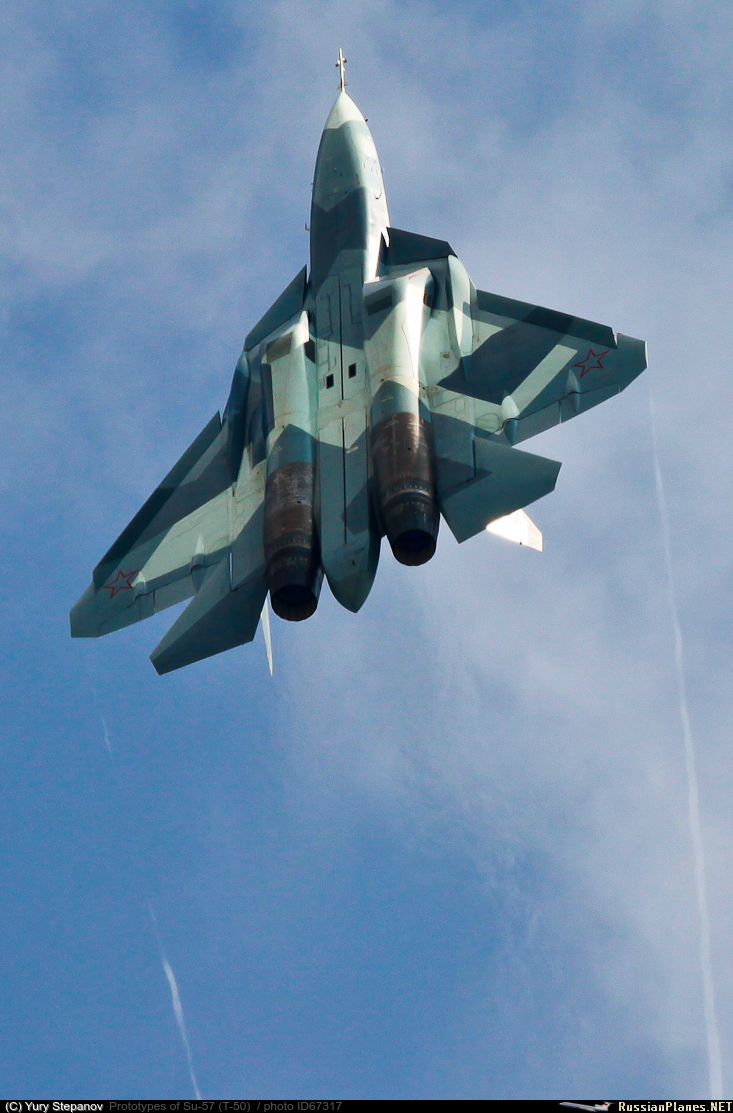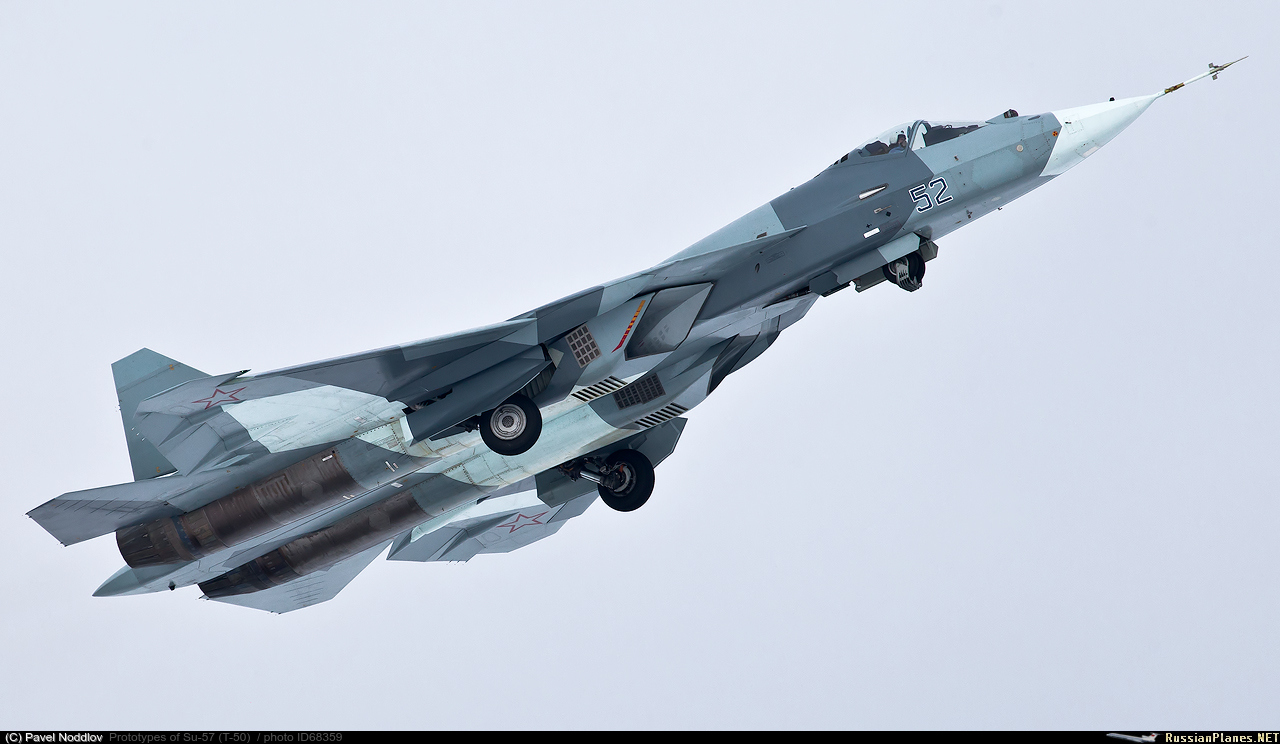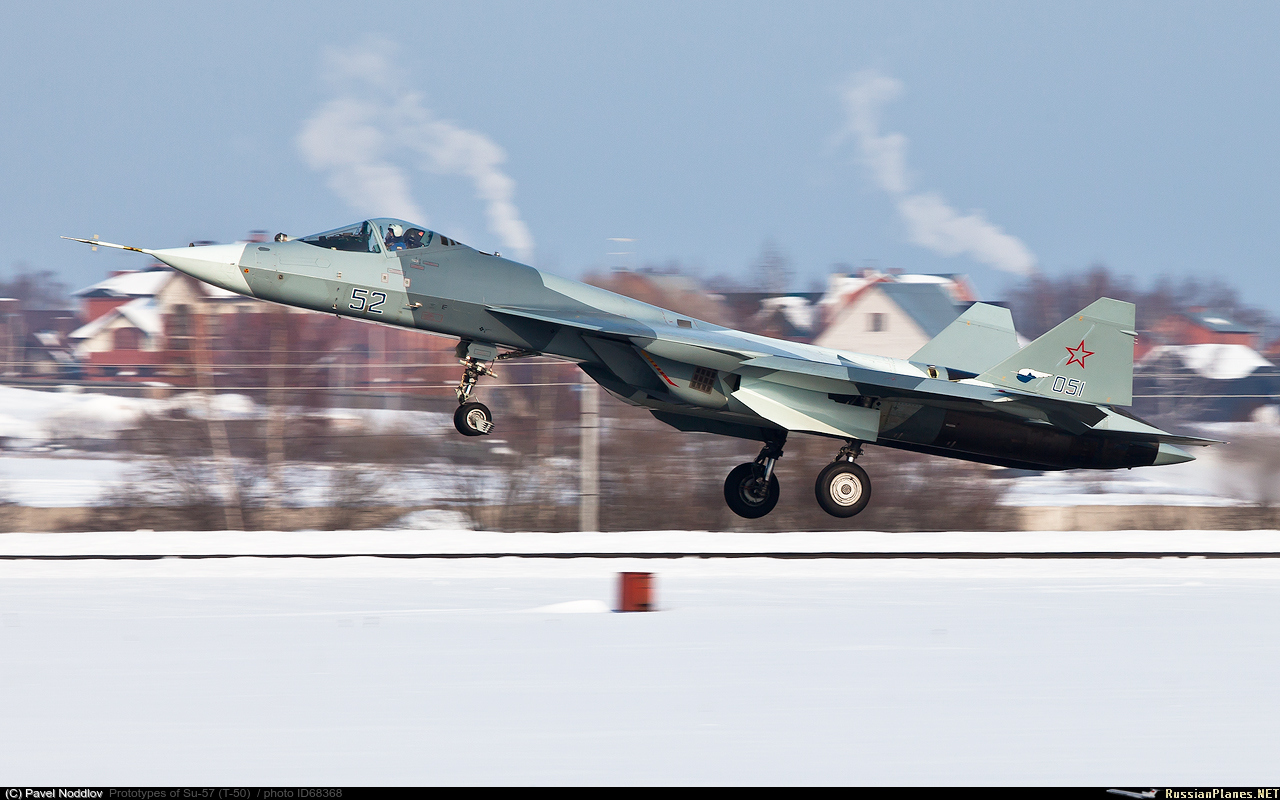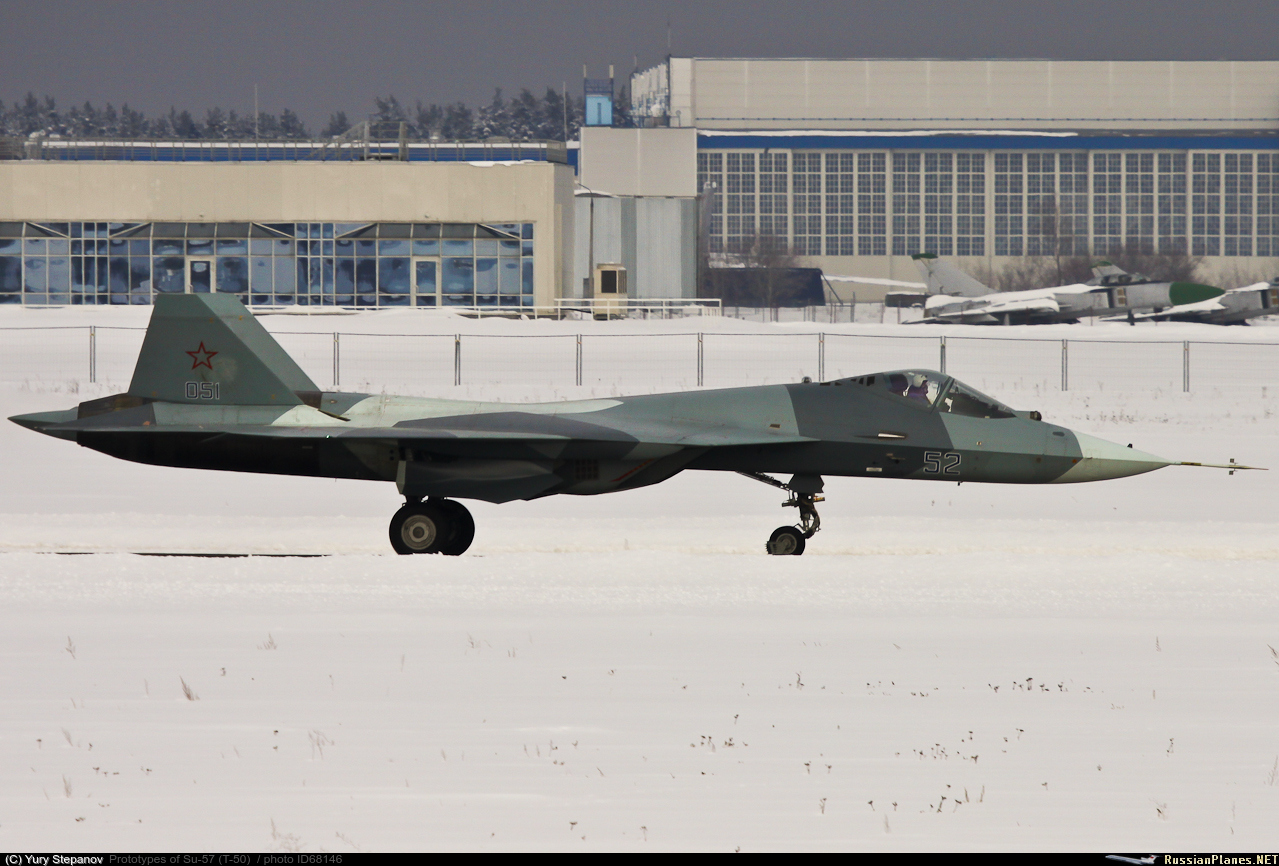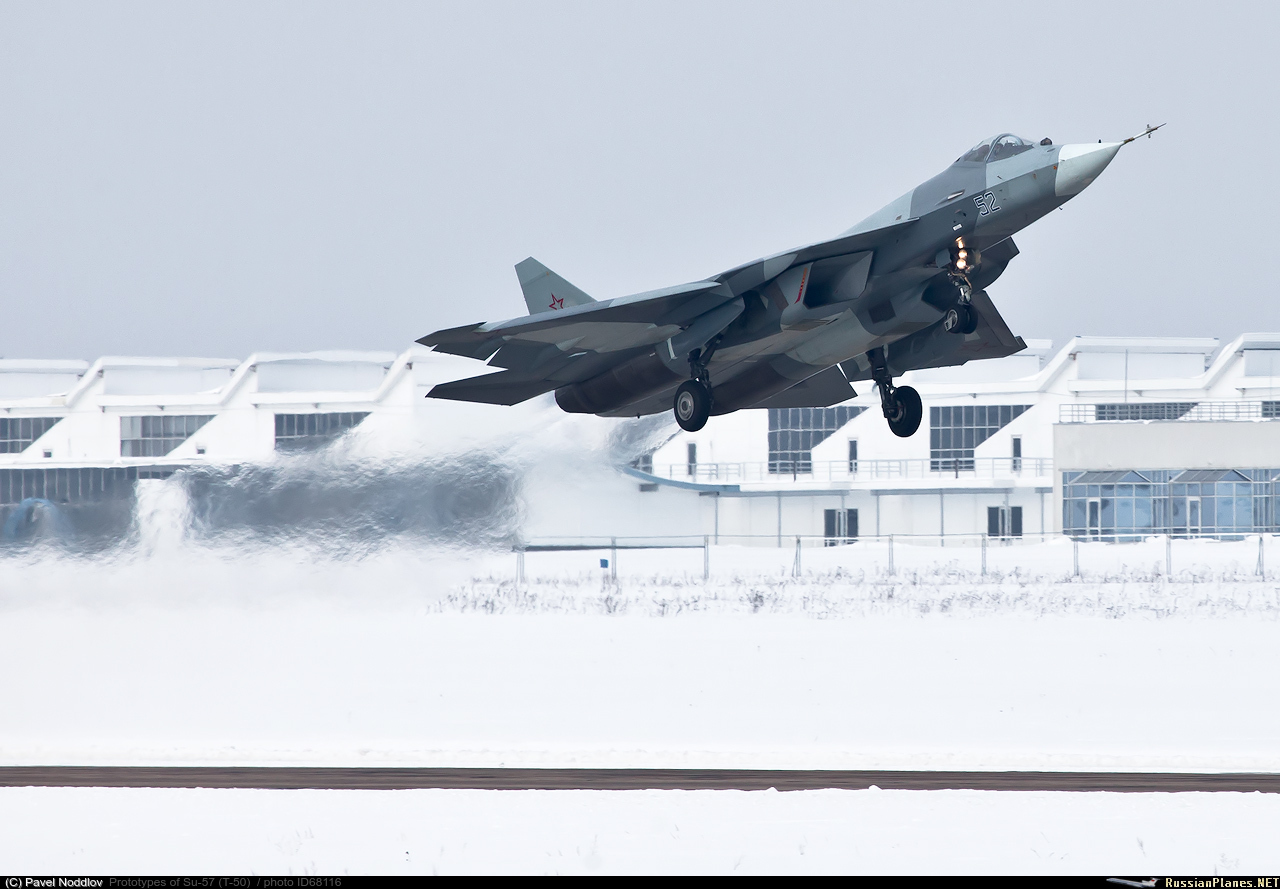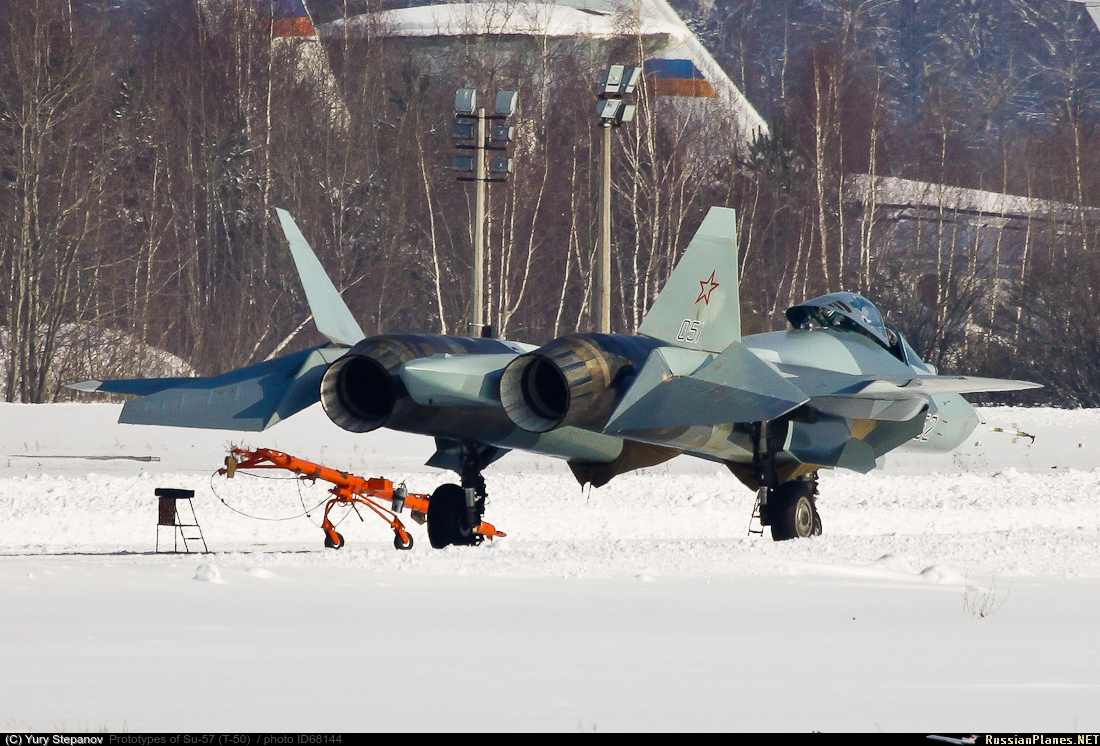El tema es que por infrarojo se entinde un rango muy grande del espectro electromagnetico. Estoy buscando para expplicar mejor. En el siguiente grafico esta la absorcion del infrarojo por distintos elemntos quimicos.

Nota: no entindo bien que es la transmitancia. para mi parece mas el espectro de absorcion.
Lo importante es que hay ventanas donde la radiacion "pasa" sin interferencia. Por ejemplo, el agua esconde la radiacion solo entre 0.3 y 1.4 micrones de longitud de onda.
Por otro lado el espectro infrarojo se divide en varios rango:
Division Name Abbreviation Wavelength Characteristics
Near-infrared NIR, IR-A DIN 0.75-1.4 µm Defined by the water absorption, and commonly used in fiber optic telecommunication because of low attenuation losses in the SiO2 glass (silica) medium. Image intensifiers are sensitive to this area of the spectrum. Examples include night vision devices such as night vision goggles.
Short-wavelength infrared SWIR, IR-B DIN 1.4-3 µm Water absorption increases significantly at 1,450 nm. The 1,530 to 1,560 nm range is the dominant spectral region for long-distance telecommunications.
Mid-wavelength infrared MWIR, IR-C DIN. Also called intermediate infrared (IIR) 3-8 µm In guided missile technology the 3-5 µm portion of this band is the atmospheric window in which the homing heads of passive IR 'heat seeking' missiles are designed to work, homing on to the Infrared signature of the target aircraft, typically the jet engine exhaust plume
Long-wavelength infrared LWIR, IR-C DIN 8–15 µm This is the "thermal imaging" region, in which sensors can obtain a completely passive picture of the outside world based on thermal emissions only and requiring no external light or thermal source such as the sun, moon or infrared illuminator. Forward-looking infrared (FLIR) systems use this area of the spectrum. This region is also called the "thermal infrared."
Far infrared FIR 15 - 1,000 µm (see also far-infrared laser).
Aparentemente el rango entre 3 y 8 micrones es el que se usa para aplicaciones militares (Mid- wavelengh infrared). Si vemos el primer grafico, se observa que hay una gran ventana donde no hay absorcion de la radiacion por el agua (nubes!).
Por otro lado:
Early infrared seekers were most effective in detecting infrared radiation with shorter wavelengths, such as the 4.2 micrometre emissions of the carbon dioxide efflux of a jet engine. Such seekers, which are most sensitive to the 3 to 5 micrometre range, are now called single-color seekers. Modern infrared seekers also operate in the 8 to 13 micrometre wavelength range, which is absorbed least by the atmosphere. Such seekers are called two-color systems. Two-color seekers are harder to defeat with countermeasures such as flares.
Respecto a las fotos mostradas, creo que se esta mezclando un poco el asunto. las fotos tratan de mostrar la temperatura en un gran rango del infrarojo, y por supuesto que parte del espectro es eliminado por los distintos elemntos. En el caso de los buscadores militares, parece que solo ven "un color".
La fuente de esto ha sido Wikipedia en Ingles, pero por lo que me acuerdo de fisica, parec estar bien.
saludos

Nota: no entindo bien que es la transmitancia. para mi parece mas el espectro de absorcion.
Lo importante es que hay ventanas donde la radiacion "pasa" sin interferencia. Por ejemplo, el agua esconde la radiacion solo entre 0.3 y 1.4 micrones de longitud de onda.
Por otro lado el espectro infrarojo se divide en varios rango:
Division Name Abbreviation Wavelength Characteristics
Near-infrared NIR, IR-A DIN 0.75-1.4 µm Defined by the water absorption, and commonly used in fiber optic telecommunication because of low attenuation losses in the SiO2 glass (silica) medium. Image intensifiers are sensitive to this area of the spectrum. Examples include night vision devices such as night vision goggles.
Short-wavelength infrared SWIR, IR-B DIN 1.4-3 µm Water absorption increases significantly at 1,450 nm. The 1,530 to 1,560 nm range is the dominant spectral region for long-distance telecommunications.
Mid-wavelength infrared MWIR, IR-C DIN. Also called intermediate infrared (IIR) 3-8 µm In guided missile technology the 3-5 µm portion of this band is the atmospheric window in which the homing heads of passive IR 'heat seeking' missiles are designed to work, homing on to the Infrared signature of the target aircraft, typically the jet engine exhaust plume
Long-wavelength infrared LWIR, IR-C DIN 8–15 µm This is the "thermal imaging" region, in which sensors can obtain a completely passive picture of the outside world based on thermal emissions only and requiring no external light or thermal source such as the sun, moon or infrared illuminator. Forward-looking infrared (FLIR) systems use this area of the spectrum. This region is also called the "thermal infrared."
Far infrared FIR 15 - 1,000 µm (see also far-infrared laser).
Aparentemente el rango entre 3 y 8 micrones es el que se usa para aplicaciones militares (Mid- wavelengh infrared). Si vemos el primer grafico, se observa que hay una gran ventana donde no hay absorcion de la radiacion por el agua (nubes!).
Por otro lado:
Early infrared seekers were most effective in detecting infrared radiation with shorter wavelengths, such as the 4.2 micrometre emissions of the carbon dioxide efflux of a jet engine. Such seekers, which are most sensitive to the 3 to 5 micrometre range, are now called single-color seekers. Modern infrared seekers also operate in the 8 to 13 micrometre wavelength range, which is absorbed least by the atmosphere. Such seekers are called two-color systems. Two-color seekers are harder to defeat with countermeasures such as flares.
Respecto a las fotos mostradas, creo que se esta mezclando un poco el asunto. las fotos tratan de mostrar la temperatura en un gran rango del infrarojo, y por supuesto que parte del espectro es eliminado por los distintos elemntos. En el caso de los buscadores militares, parece que solo ven "un color".
La fuente de esto ha sido Wikipedia en Ingles, pero por lo que me acuerdo de fisica, parec estar bien.
saludos


